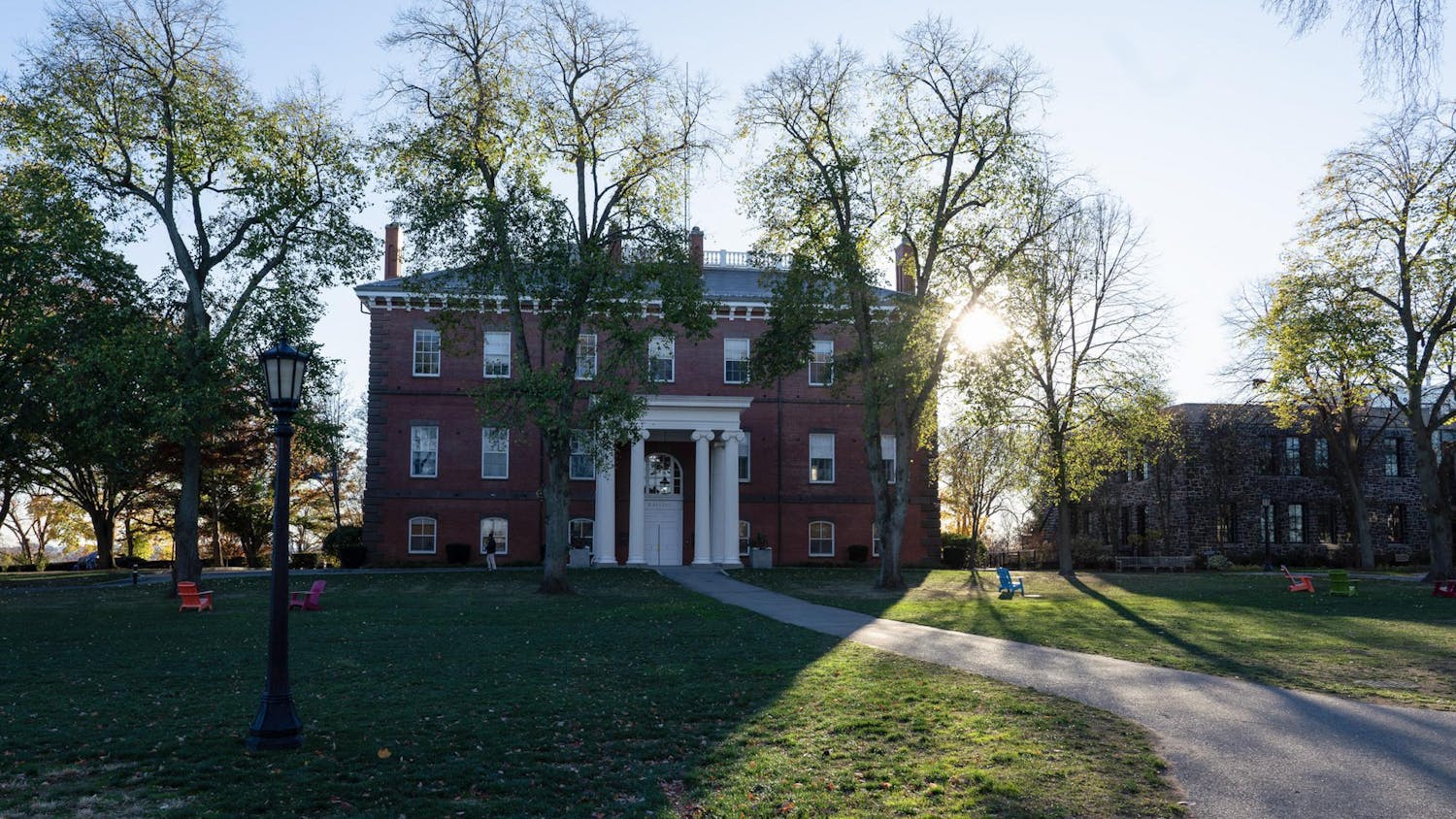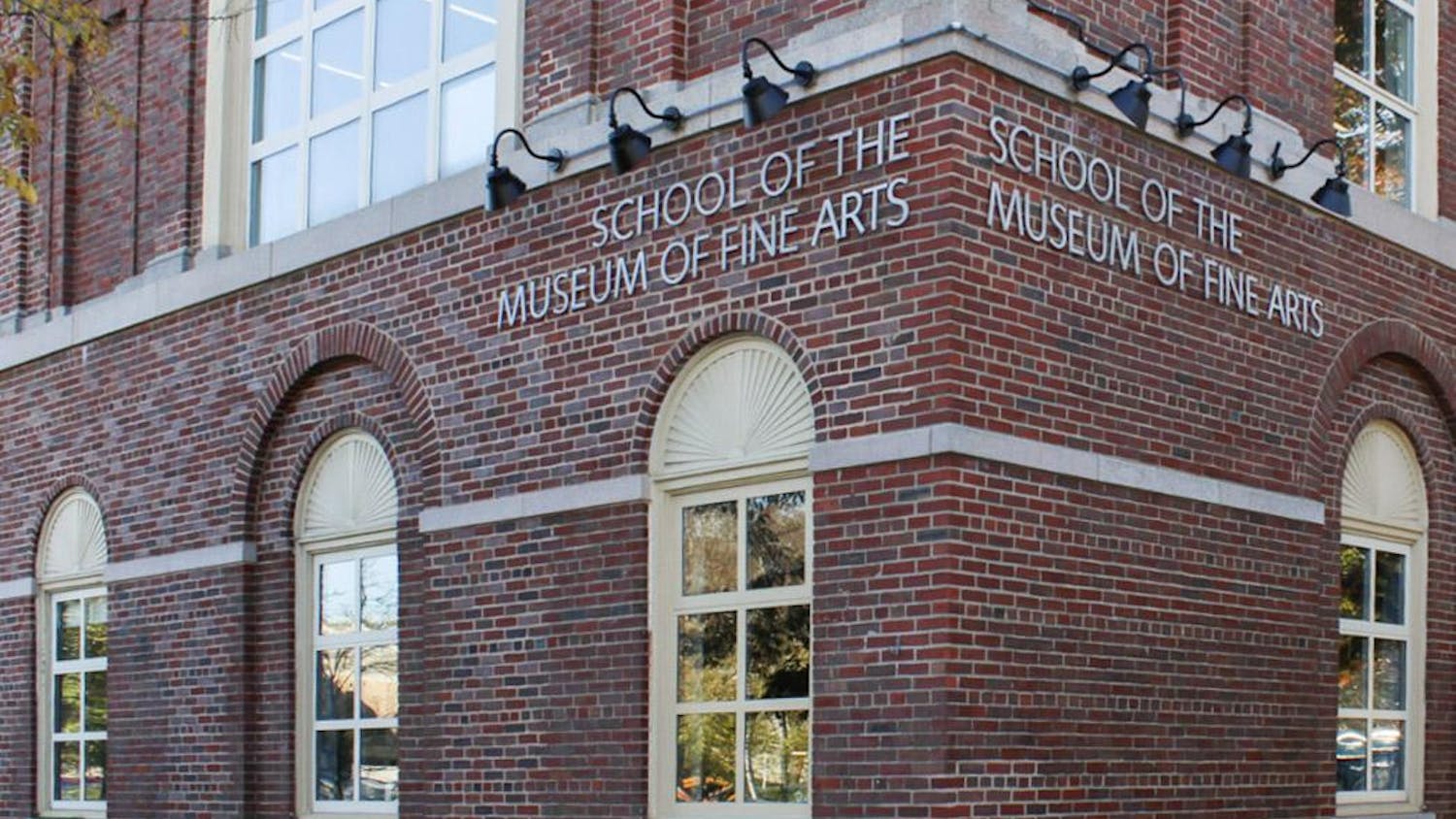Tisch College’s Center for Information and Research on Civic Learning and Engagement (CIRCLE) conducted a new poll of millennial voters from ages 18 to 34 between Sept. 21 and Oct. 3, demonstrating that while millennials have a high interest in the election, less than 30 percent have been contacted by campaigns in 2016.About 66 percent of millennials have said that they are “likely” or “extremely likely” to vote in the upcoming election, according to the poll.
The poll was conducted through a nationally-representative online respondents’ panel that surveyed 1,605 millennials across the country. CIRCLE partnered with professional polling firm GfK to conduct the survey. The results were rebalanced by oversampling in certain demographics, including battleground state residents and black and Latino voters, according to CIRCLE's report of the study.
According to Kei Kawashima-Ginsberg, director of CIRCLE, having little campaign contact with voters can be problematic. Young people are half as likely to be contacted as other voter groups due to the idea that young people are unreliable voters, Kawashima-Ginsberg said.
“It is unfortunate that campaigns are more interested in reaching out to voters they know are more reliable rather than mobilizing youth and their power to vote,” she said.
Kawashima-Ginsberg added that she uses this information to encourage young people to vote.
“Young people who are contacted by campaigns are more likely to vote,” she said. “[They] have less voter turnout so when someone asks them to come out and vote, especially someone they know and trust, they are more likely to do so.”
Certain states, especially battleground states, have had up to 40-45 percent more resources allocated to outreach and mobilization relative to other states, resulting in more young voter turnout, Kawashima-Ginsberg said. Furthermore, intent to vote was 81 percent among those who had multiple contacts with campaigns in contrast to 62 percent among those who were not contacted, she added.
Millennials can have a significant impact on elections and the direction of American democracy as shown by the 2008 and 2012 elections, when President Barack Obama drew 66 percent of the youth vote in 2008 and 60 percent in 2012, she said.
According to Kawashima-Ginsberg, Democratic presidential nominee Hillary Clinton is not drawing nearly as much support as Obama had in previous elections, and the same goes for Republican presidential nominee Donald Trump's support as compared to support for Mitt Romney's support in the 2012 election.
“Forty percent of Clinton supporters are ambivalent about [the election]," she said. "They are voting for her but don’t have positive feelings towards her.”
The reason behind this, Kawashima-Ginsberg suggests, is that unlike the 2008 and 2012 elections, young people feel as though they do not have much of a voice in this election and that the candidates do not represent the interests of young people very well.
However, she said, young voters are “keenly aware of the weight of this election” and are therefore taking it seriously, whether or not they are excited about the candidates they are supporting.
Tisch College Professor of the Practice David Gregory noted in a Nov. 1 Boston Globe article that while many millennial voters are engaged in the process, they see voting as an ineffective measure to make change.
"Millennials are the most diverse generation in American history," he wrote. "And though they are very civically engaged by some measures — like volunteering and activism — they do not always see voting and political participation as an effective means to change, according to CIRCLE and others."
There is also a wider gap between young people’s support each of the 2016 candidate. The poll’s findings show that 48 percent of young people intend to vote for Clinton while 28 percent intend to vote for Trump. However, the poll also shows that Trump’s supporters may be more likely to actually vote, with 76 percent saying they will vote compared to 68 percent of Clinton supporters.
In the study, it was noted that black youth were equally likely to be contacted as the general millennial population but that Latino youth were less likely, with 25 percent being personally contacted. Black youth have shown more support for Clinton than Trump, with 80 percent planning to back Clinton, CIRCLE's poll showed.
Four percent of former Sen. Bernie Sanders (I-VT) supporters are choosing to vote for Trump, 64 percent say they will choose Clinton, 25 percent say they will vote for Libertarian presidential nominee Gary Johnson or Green Party presidential nominee Jill Stein and 7 percent say “other,” according to the poll data.
According to Kawashima-Ginsberg, it is clear that Clinton has a much higher chance of winning, but it is not guaranteed.
“It is difficult for researchers and pollsters to predict the minds of voters, and they have very little understanding of American voters,” she said.
When asked about the poll findings and if they represented the Tufts community, Kawashima-Ginsberg responded with a firm “no.”
According to Kawashima-Ginsberg, a small percentage of millennials are college students, so only 300 of the 1,600 millennials surveyed were actually college students. Furthermore, the poll consisted of mostly young people in the middle and working class, while Tufts students tend to be more on the wealthy side of the national population, she believed.
Gregory agreed, noting that as Tufts students attend an elite private institution, their voting trends differ from those of the same age group.
"We know that a higher level of educational attainment corresponds with a higher likelihood to vote," he wrote.
Additionally, Kawashima-Ginsberg said that the Tufts student body has more of an overall liberal perspective than other universities in different geographic locations. Therefore, Tufts is not very representative of the findings, which were meant to represent national trends, she said.
Kawashima-Ginsberg strongly encouraged young people to go out and vote, not only in this election but in future elections as well. Politicians look at voter files and cater their campaigns towards groups that have shown reliable voter history, she said.
“Once you vote, politicians see that on the voter file and the campaigns see that on the voter file and they start to realize that you are somebody that matters," she said. "We don’t really have a voice without taking that step and voting.”
More from The Tufts Daily





